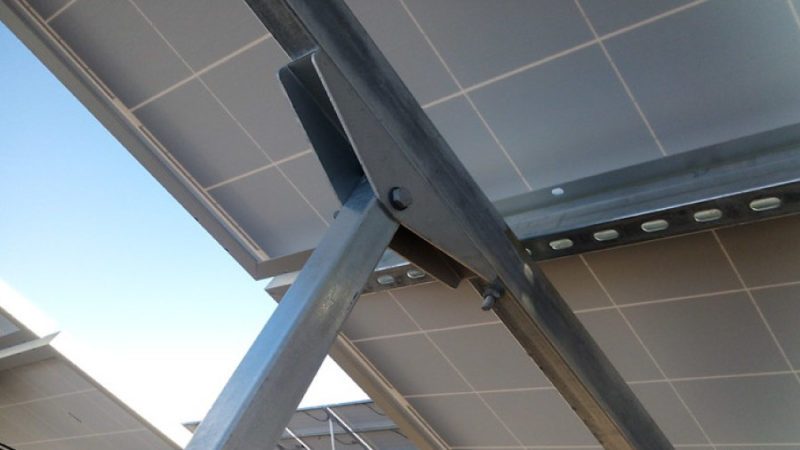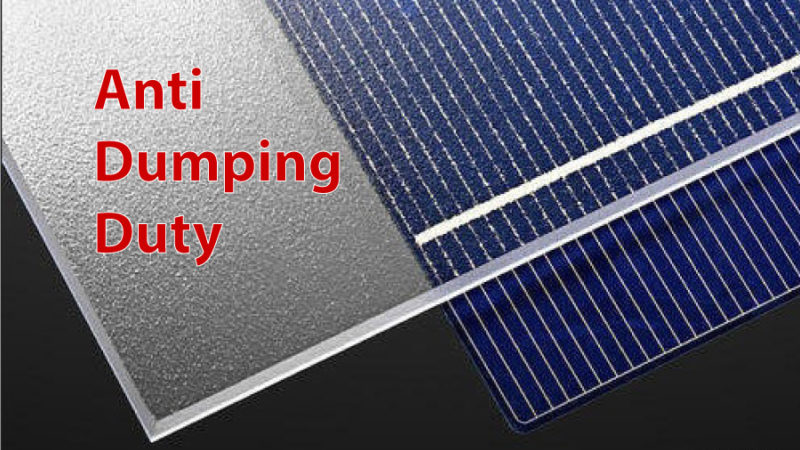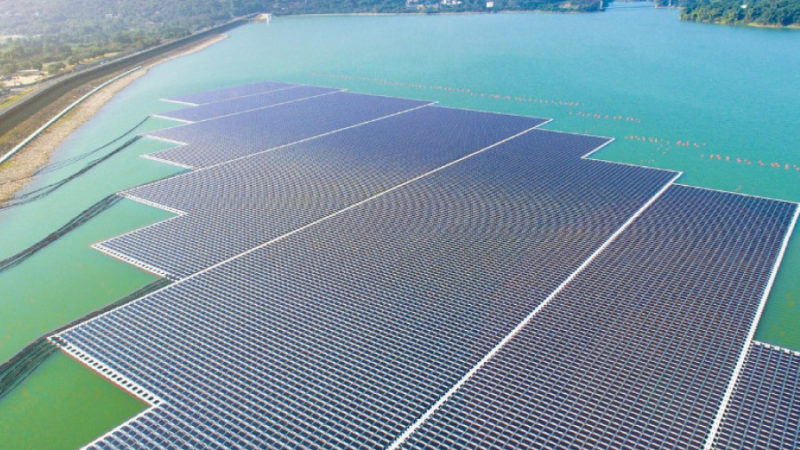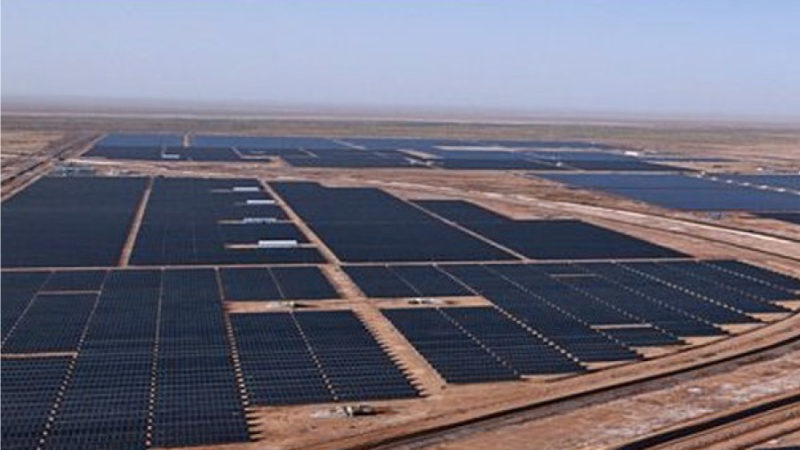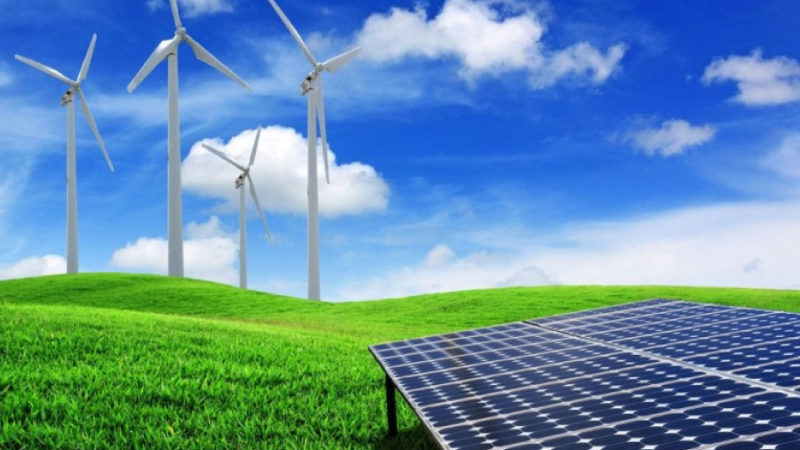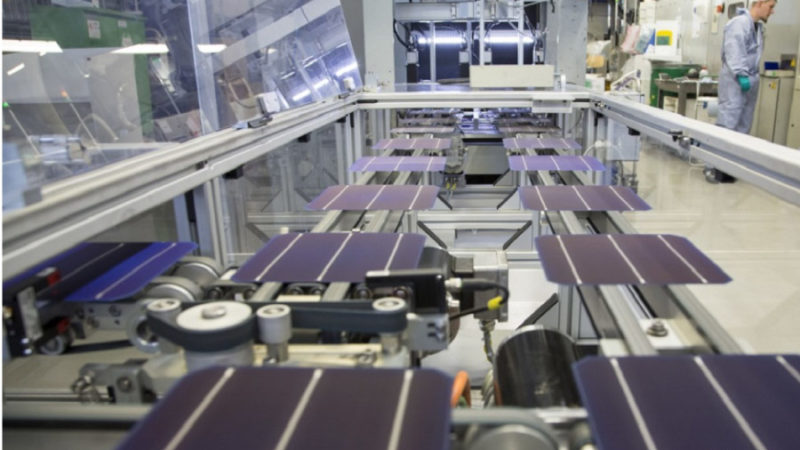India to Develop Floating PV Solar
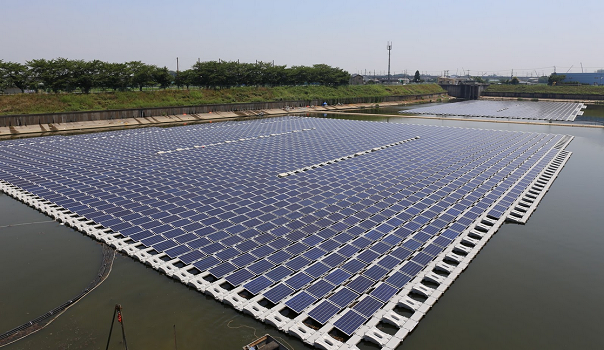
India being blessed with many large reservoirs is considering utilizing the surface of water bodies to develop floating solar projects and plan to develop 10 GW of floating solar capacity in the country over the next three years till 2020-21. Optimistic trends of floating solar plants offers hope for a country that is aiming to increase its solar capacity more than four times between 2018 and 2022.
Floating Solar PV Plant technology is an attractive alternative to the land based solar generation which help in utilizing the surface of water bodies like lakes, ponds, reservoirs, dams. India is also interested in floating solar power stations, like China and some of the nations in southeast Asia. The Government of India has recently announced its plan to develop 10 GW of floating solar capacity in the country over the next three years till 2020-21.
The government’s advance in this direction should be seen as a positive step – since the country boasts of an ambitious renewable energy target of 175 GW by 2022 of which solar comprises 100 GW. There is no doubt that the potential for power generation from floating solar in India is huge, as the country is endowed with many large reservoirs. However, as the floating solar plant technology is in budding stage across globe – it becomes necessary to analyse at the prospects and challenges ahead.
The Journey:
Floating Solar PV Plant is an emerging installation technology trend which is still at a nascent stage globally. During the period of 2008-2014, the technology was first put to trial by research agencies in Europe and the US with concept installations of a few kilowatts to check the viability for large scale adoption in the future.
The first set of large scale floating solar PV installations only came up globally post 2014. The total installed worldwide capacity increased over the brief period of three years from just 5 to 250 MW with projected development by the end of 2018 of up to 750 MW.
In India, the idea of floating solar plants was first suggested and put up by Tata Power way back in 2011, followed by a second pilot project in 2012 that was initiated on the banks of the Sabarmati River in the state of Gujarat. The success at these projects led to various other institutions and government bodies to consider the installation of floating solar plants atop water bodies.
However, the country earnestly started looking at this technology after the Kerala State Electricity Board (KSEB) commissioned a 10 kW floating solar plant on the Banasura Sagar reservoir in Wayanad in January 2016 – which was scaled up to 500 kW, in December 2017.
Consequential to successful installation and commissioning of this plant, several Indian companies and discoms along with the central public sector undertaking dedicated to the solar energy sector have announced new pilots, projects and pipelines in this space.
The Advantage:
Land Consumption Advantages: Procuring land for solar project poses a significant challenge to both the policy makers as well as the project developers, since a MW of solar project requires around 2 hectares of land. This is one of the biggest challenges in the way to 100GW solar targets – as having only 2.4% of the total geographical area; India supports 17% of the global population currently – that is continuously growing.
One of the principal benefits of floating PV systems is that they require hardly any land, other than the restricted surfaces required for electrical and grid links and their prices are almost equivalent to land-based plants. Since, the overall surface area of India’s major water reservoirs is more than 40 million square km. The country could achieve installation of around 700 GW of floating solar capacity using just one-third of this area of around 14 million square km – according to one study.
Another study conducted by NB Institute of Rural Technology headed by Mr. Gon Chaudhuri reported that around 300 GW of solar power could be generated by tapping around 10-15% of water bodies in India, particularly in the most potential states of Bengal, Bihar, Kerala, Odisha and Assam.
Thus, the technology provides a good way to avoid land consumption and can be considered as an alternate option to tackle land availability issues in quest to increasing renewable share in the country energy mix.
Curbing Evaporation: Evaporation losses in water bodies are increasing with rising summer temperatures. Several methods are being tried to check evaporation but have not been a much success. Floating PV systems on the water surface would be an effective method to reduce evaporation losses. It has been claimed by the some of suppliers of Floating PV systems, that water losses could be reduced to as much as 70 per cent.
Meanwhile, the Water Resources Corporation in Korea in their study has found that Floating PV systems generate 11% more energy than an equivalent land based system. While, other surveys show that power generation is even greater, nearly 20 percent. Further, there is saving on cost of acquiring water for module cleaning.
In addition, as the modules in floating systems operate under much cooler environment it helps in reducing thermal losses responsible heat induced degradation, thus resulting in longer life span.
Challenges & Concerns
Regardless of its land neutrality, at this point of growth, the price of the floating structures including anchoring, installation, maintenance and transmission increases the total cost of floating solar systems considerably as compared to land-based systems. Thus, along with its set of advantage the segment also faces several concerns and uncertainties that are to be addressed before commercially exploiting the potential in big way.
Corrosion & Stability: Being placed in water bodies, floating PV systems are also referred to as ‘ Floatovoltaics, ‘ and are susceptible to corrosion. Module racking systems are to be designed for fixing on to pontoons / HDPE plastic floats. All metallic components have to be kept above water level with floats alone in contact with water to prevent corrosion. In addition, there are challenges related to instability that needs to be addressed. For this, the floats are to be fixed / secured properly to withstand high velocity winds and rapid flow of water during floods.
Financial viability: According to industry experts, limited domestic availability of floats, however, is a big challenge. Non-availability of the primary float structure in India the industry has to depend on European or Chinese suppliers, which is not cost effective. Research and Industry professionals are confident that rising demand for floating PV systems and technical advancements would soon bring greater parity in cost with the land based systems. In the meantime, economies of scale can play a major part in reducing costs to make floating solar project costs per MW closer to or lower than ground-mounted projects.
In addition to these two main problems, floating PV technology with just a few years of development also has to tackle several technical and complementary problems, such as the long-term effect of humid environments on modules and cables, along with the secure transmission of energy via the floats to the closest supply point, and their environmental and marine impacts.
Efforts & Developments:
Only in recent months have these activities come to light and eight floating solar projects have been launched by the government, with capacity ranging from 2 MW to 1,000 MW. In addition, these floating plants are linked to the renewable energy plans of the Indian Government.
Many institutions and industries are already engaged in developing simpler design, stronger and longer lasting materials for floating structures. International funding agencies are also supporting the development of alternative PV technologies.
World Bank is supporting, under its Clean Technology Fund, the development of projects totaling 10 MW of floating solar projects in India. The German Development Bank KfW is funding the development of two projects of total capacity 40 MW to demonstrate the technical feasibility of such projects, to assess the potential and the economic feasibility of setting up floating solar parks in India.
Way forward
Floating solar with just a few years of evolution has inadequate long-term experience to address several technical issues anywhere in the world. The lack of experience in floating PV in the Indian market means that the coming year will call for developing greater understanding of how these projects can be built efficiently.
However, India can move forward with learning from experiences of countries such as China, Japan and South Korea that have successfully implemented large-scale floating projects while providing sufficient support to the industry in the initial stages.
The potential for power generation from floating solar in India is huge, as the country is endowed with many large reservoirs. Experts are optimistic about the trends of floating solar plants as these systems offer hope for a country that is aiming to increase its solar capacity more than four times between 2018 and 2022.



